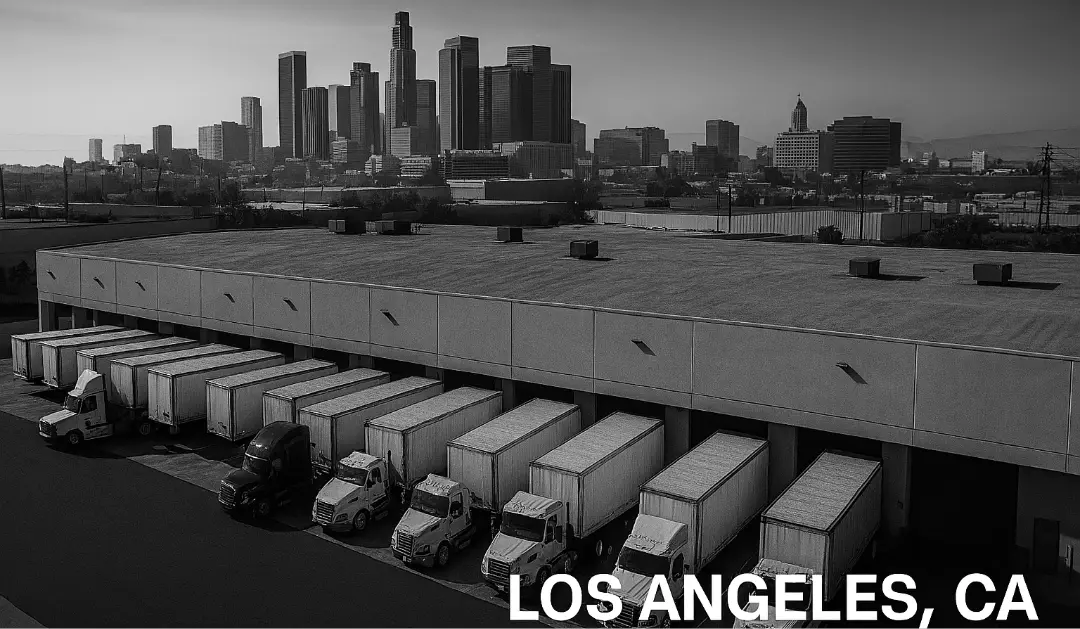In ecommerce and logistics, a lot of terms sound similar—but that doesn’t mean they mean the same thing.
“Backorder” vs “backlog” are two terms that often get used interchangeably. But while they both relate to delays in fulfillment, they refer to very different supply chain problems—and solving them requires two very different approaches.
If you’re looking to streamline operations, improve delivery times, or just communicate more clearly with your customers, it’s worth understanding the difference.
What Is a Backorder?
A backorder occurs when a product is out of stock when an order is placed, but the order is still accepted, with the intention of being fulfilled later.
This is a customer-facing issue, and it usually stems from:
- Supplier delays
- Stockouts caused by unexpected demand
- Long lead times or manufacturing cycles
Example:
A customer places an order for a product that’s currently sold out but is expected to restock in two weeks. The order is accepted, and the customer is notified that it’s on backorder.
Backorders are common in e-commerce, especially when managing limited inventory or pre-launch product drops. However, they can be managed with clear communication and accurate ETAs.
What Is a Backlog?
A backlog refers to a buildup of unfulfilled orders that could be shipped, but aren’t—usually due to internal processing delays.
This is an operational issue, and it’s often caused by:
- Labor shortages in the warehouse
- Technology bottlenecks
- Seasonal volume spikes
- Inefficient picking, packing, or label generation
Example:
Your warehouse has inventory available, but it’s falling behind in order processing because your team can’t keep up with the daily volume.
Backlogs don’t always impact customers immediately—but if left unchecked, they can quickly snowball into missed delivery windows and support headaches.

Why the Difference Matters: Backorder vs Backlog
Understanding whether you’re facing a backorder vs backlog helps you:
- Pinpoint where delays are happening
- Improve internal processes or reorder cadence
- Communicate more accurately with customers
- Choose the right solution (tech, staffing, partners)
Both problems affect the customer experience—but solving them requires different strategies.
How eHub Helps Brands Reduce Backorders and Backlogs
At eHub, we help ecommerce brands and 3PLs simplify fulfillment from checkout to delivery—and that includes reducing both backorders and backlogs.
Here’s how we help:
Streamlined Fulfillment Partner Matching
If your current warehouse can’t keep up with volume, we help connect you to vetted 3PLs with the capacity and systems to scale—so backlogs don’t pile up.
Shipping Automation
eHub automates label generation, carrier selection, and tracking to eliminate manual steps that slow down order processing.
Fulfillment Visibility
By centralizing carrier and shipping activity, eHub gives your ops team better visibility into what’s moving—and what’s stuck—before problems escalate.
Support for Scalable Growth
When brands grow faster than their fulfillment can handle, both backorders and backlogs become more likely. We help ensure your backend is ready before it breaks.
Backorders are about inventory. Backlogs are about throughput. eHub helps you plan for both.
Final Thoughts: Fix the Right Problem, Not Just the Symptom
Backorders and backlogs may both slow down fulfillment—but they stem from entirely different causes. Knowing the difference helps you ask better questions, make smarter decisions, and keep your operations moving smoothly.
Whether you’re navigating a supply issue or struggling with fulfillment speed, eHub is here to help you simplify the process and find a better way forward.




